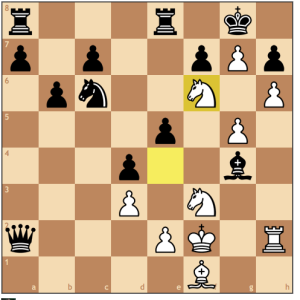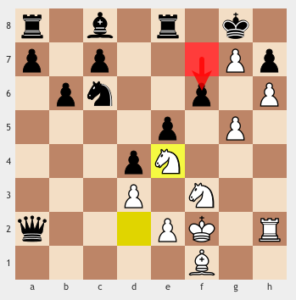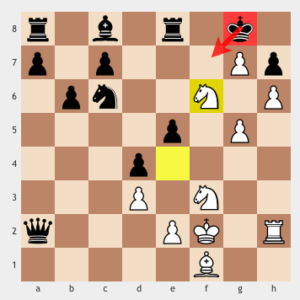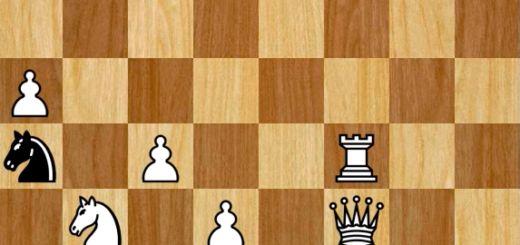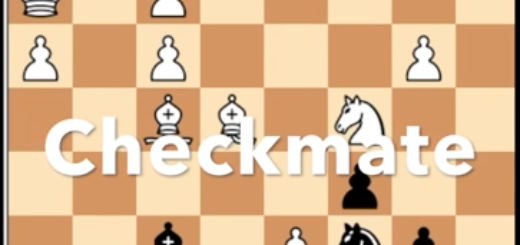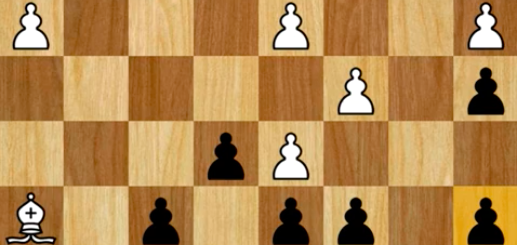Chess Strategy 101- Using Your Pawns For Checkmate
Chess Strategy 101
Using Your Pawns for Checkmate
As discussed in how to move the pawns in chess, and how to play chess, and chess strategy 101, it’s important to value every chess piece, including the pawns. This also means to never underestimate your opponent’s pawns.
While it’s rare to achieve checkmate with the pawns, such in the scenario below which we’ll cover more in depth, it is possible.
The Checkmate:
As you can see, my opponent was placed in checkmate by the knight on f6, and unable to move due to the pawn on g7. As we’ll cover in more depth below, I moved my knight from one end of the chessboard to the other to achieve this checkmate.
Below are the images of the final moves of the chess match. I had my pawns set up on g7, h6, and g5. My opponent’s King was virtually trapped by the pawn on g7. If you ever find yourself in this situation, don’t make the mistake my opponent did of letting the pawns sit around. Aside from being so close to the other end of the chessboard, they were also threatening the King. Had my opponent taken precautions and focused on capturing those pawns prior in the game, this checkmate could have been avoided.
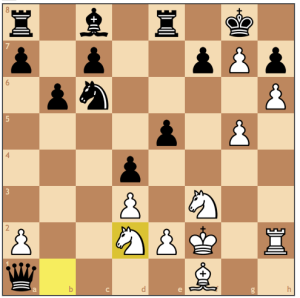
The Knight is moved from b1 to d2
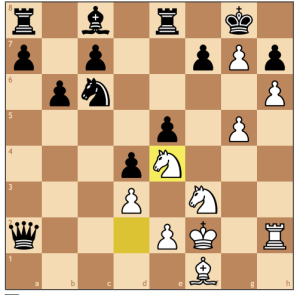
Opponent moved queen from a1 to a2, capturing the pawn on a2. Light knight moves from d2 to e4
Other notes about this chess match
It’s always easy in retrospect to pick out the mistakes, but for learning sake, that’s what we’re going to do. Aside from not capturing the light pawns, dark player also failed to anticipate the movement of the light knight.
Had dark player anticipated where the light knight may move next after being moved to g4, as will be shown below, dark player could have moved the pawn on g7 one space forward, allowing the King to move to f7, out of the knight’s check, and avoid checkmate.
Always be sure to antiquate where the knight is moving. Failing to do so tends to be one of the biggest setbacks for chess players, as it was in this chess match for the dark player.

Learn More:
Learn Chess 101: Learn How to Play Chess, the Rules of Chess & Basic Chess Strategy
How to Set Up a Chessboard
Learn How to Win Chess in 2 Moves (Fool’s Mate/2 Move Checkmate)
Learn How to Win Chess in 3 Moves (3 Move Checkmate)
Learn How to Win Chess in 4 Moves (Scholar’s Mate/4 Move Checkmate)
Learn How to Castle in Chess

